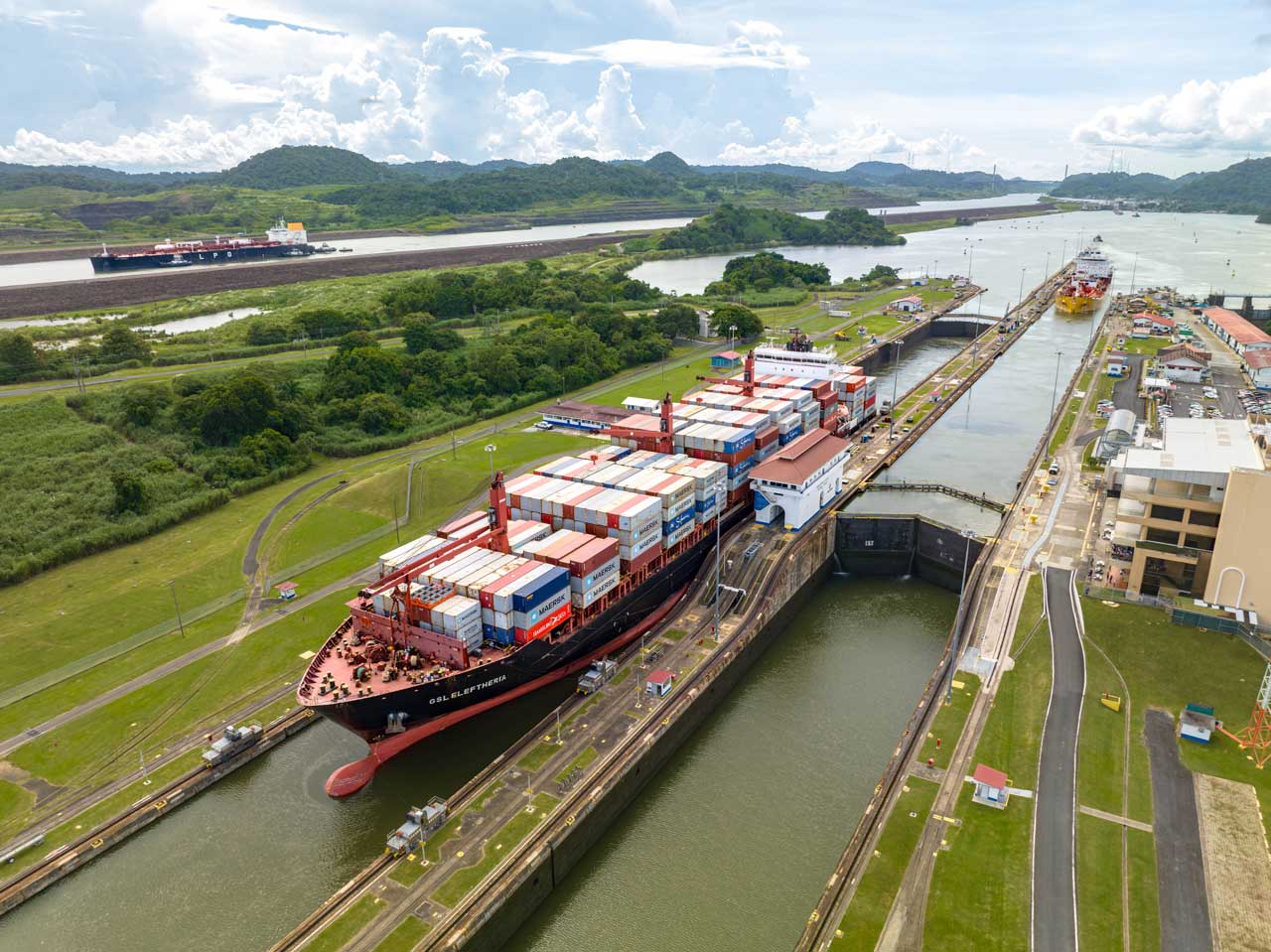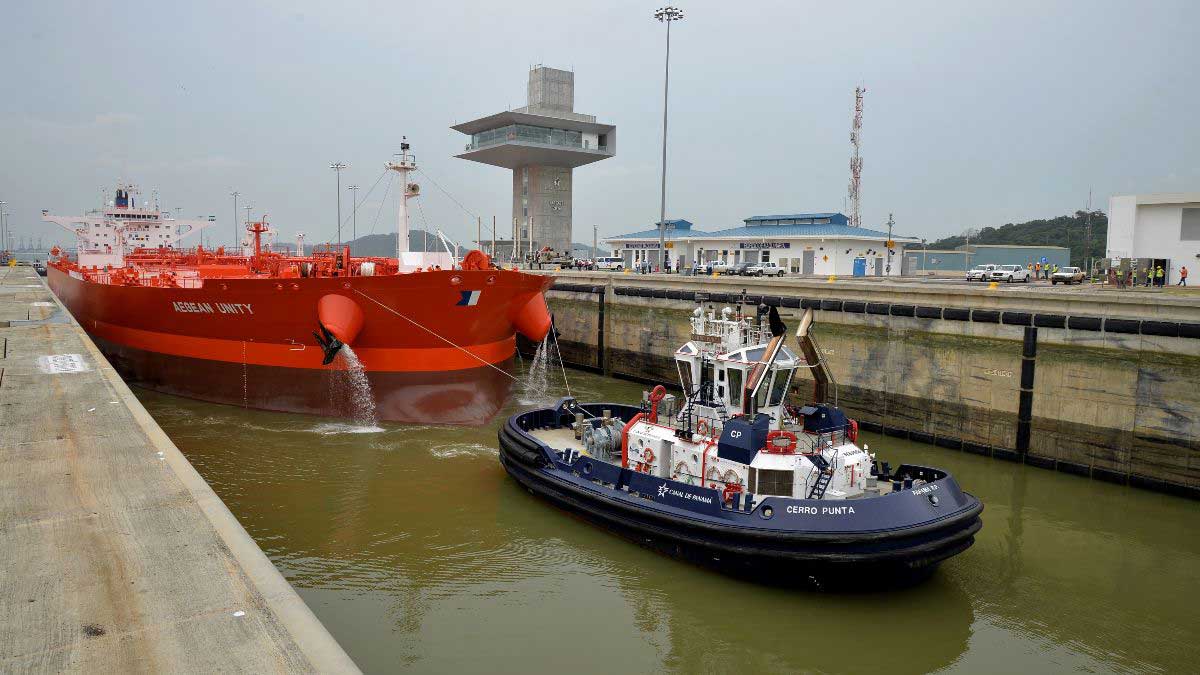SAFETY RECORD SET; TONNAGE UP; PANAMAX VESSEL TRANSITS INCREASE
PANAMA CITY, Panama, November 8, 2004 – The Canal is operating better than ever in its 90-year history. Announcing 2004 fiscal year operational metrics today, the Panama Canal Authority’s (ACP) year-end statistics reveal an increase in tonnage flow through the Canal and a rise in Panamax vessel transits. Furthermore, the Canal set a safety record with a significant decline in accidents. The ACP’s fiscal year runs from October to September.
The Panama Canal celebrated its 90th anniversary in August. Since the first transit of the “SS Ancon” – crossing the Isthmus of Panama in 1914 – great progress has been made to enhance the waterway’s safety, efficiency and reliability. This year, the ACP recorded the lowest number of accidents in the last 81 years – 10 official accidents occurred – and did this while accommodating more Panamax ships and more cargo. The last time such a low-level of accidents was achieved was in 1923, when only 3,967 ships transited the Canal – all during daylight. The official accident rate dropped 22 percent – to 0.71 accidents per 1,000 transits in 2004 from 0.91 accidents per 1,000 transits in 2003. An official accident is one in which a formal investigation is requested and conducted.
“We closed the 2004 fiscal year with a number of historical accomplishments. While celebrating the 90th anniversary of the Panama Canal, we set a safety record and moved more ships and more goods through the waterway,” said CEO Alberto Alemán Zubieta. “I congratulate our world-class work force – they never tire of making the Canal more safe, reliable and efficient.”
Since 1914, more than 880,000 vessels have transited the waterway. In 2004, transits increased 6.7 percent – to 14,035 from 13,154 in FY2003. Panamax vessel transits increased 12.5 percent – to 5,329 from 4,737 in FY2003. Increased Panamax vessel transits is due to a resurge in the transits of tankers and dry bulkers in addition to a steady rise in the number of container vessels used to transport goods, particularly to and from Asia.
Panama Canal/Universal Measurement System (PC/UMS) tonnage increased 10 percent in FY2004 – to 266,916,576 PC/UMS tons from 242,704,402 PC/UMS tons in FY2003.
Canal Waters Time (CWT), the average time it takes a vessel to navigate the Canal, including waiting time for passage, increased 17.4 percent – to 26.66 hours from 22.70 hours. However, CWT for booked vessels (those ships holding reservations) did not materially change. Booked vessels account for more than 50 percent of oceangoing transits. Utilization of the booking system (use of the available slots) increased 16.1 percent – to 86.9 percent from 74.8 percent in FY2003.
More and larger vessels transited the Canal and more tonnage was moved through the waterway this year, which contributed to the increase in CWT. Vast capital improvements under the Canal’s modernization program caused periodic lane outages, which also factored into the increase in CWT.
“The initiatives we undertake to increase long-term reliability and capacity can sometimes cause CWT to increase. Nevertheless, we will always do whatever it takes to move operations along and provide our customers with excellent service. We’re in this for the long run and need to stay on top of trends and continue our modernization projects to meet both current and future demand,” said CEO Alberto Alemán Zubieta.
About the Panama Canal Authority (ACP)
The ACP is the autonomous agency of the Government of Panama in charge of managing, operating and maintaining the Panama Canal. The operation of the ACP is based on its organic law and the regulations approved by its Board of Directors. For more information, please refer to the ACP’s website: http://www.pancanal.com/.




